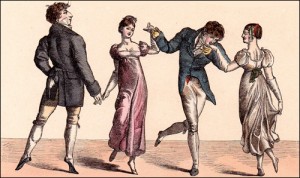
Without time-traveling, it can be difficult to separate historical fact from guesses or even inaccuracies. In addition, many “truths” perpetuated by movies, tv shows, and even books, are misconceptions that only a true historian would know. Being a history geek myself, I have ferreted out some truths that contradict what most people think they know about the Regency. So, without further ado, here are five facts about Regency England that may surprise you.
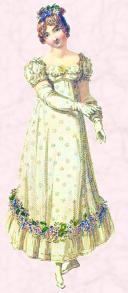
Ankles — It was not scandalous for ladies to show their ankles during the Regency Era. A number of Regency fashion plates and caricatures depict ladies wearing silk stocking-clad ankles and low-cut slippers, which were much like today’s ballerina flat, while dancing, sitting, and walking. During the Victorian Era, shoe fashions changed from slippers to the Victorian boot. This happened about the same time that hemlines lowered, and skirts widened. This fashion, in addition to the Victorians following their very prudish new monarch’s example, it eventually became scandalous for ladies to show ankles. However, during the Regency, it was no big deal for ladies to hold up their narrow skirts to avoid a mud puddle or to allow greater freedom of movement to walk quickly, thus exposing ankles. Additional Fun Fact: It was, however, scandalous to say “legs.” Apparently “limbs” was the acceptable word in polite company.
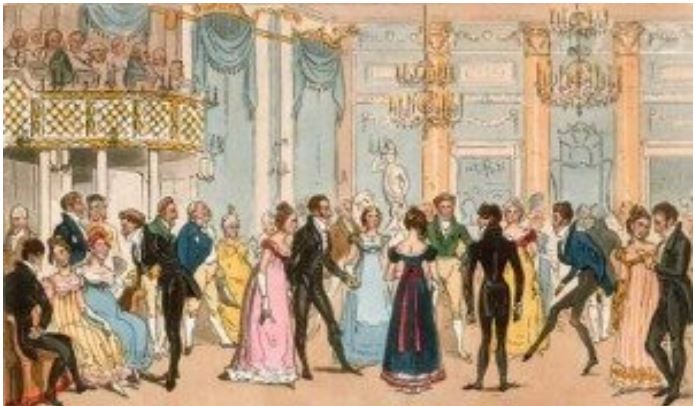
Dance Sets — A dance set at a formal ball included two dances, not just one. When a gentleman asked a lady to “stand up with him” they were committed to 20 to 30 minutes together. Of course, country dances were all the rage that allowed couples to change partners frequently during the course of the dance, so they weren’t truly “stuck” together much. This practice of dancing sets of two is partly why a gentleman seldom asked a lady for two dances, meaning two dance sets, and never three unless they were engaged, because it basically tied them up together for most of the evening, giving little opportunity for partnering others. Private balls may not have had sets, depending on the hostess’s desire.
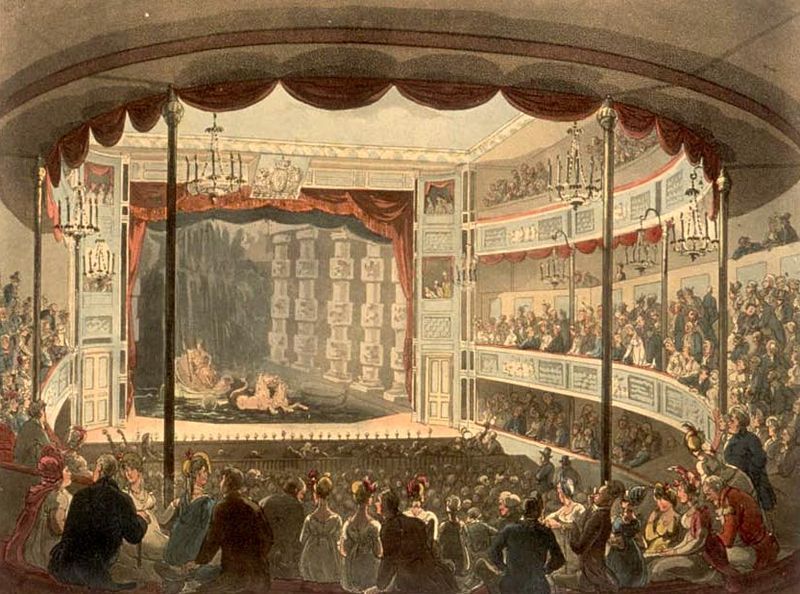
The Theater or Theatre — An evening at the theatre lasted most of the night. The main production was the play. However, after the main event, the theatre always presented a light “afterpiece” – usually a comedy in the form of a pantomime or one-act play. A few theaters also performed one short production prior to the main performance so there might be as many as three performances in one evening. With all these performances and intermissions, one expected to be at a London theater half of the night. Some patrons came and went, but many stayed all night, I suspect to people-watch rather than to enjoy the arts.
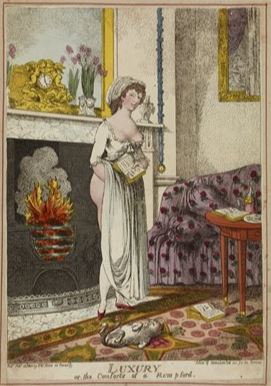
Undergarments — A truly fashionable lady’s unmentionables did not include drawers or pantaloons. With the narrow, slender gowns fashionable during the Regency resembling statues dating back to ancient Rome, bulky drawers with drawstring waists would have messed up the silhouettes of ladies’ gowns. Also, I have not found evidence that ladies wore pantaloons during previous eras either. Pantaloons were considered masculine and therefore vulgar. The only women who wore drawers or pantaloons during Georgian and Regency England were prostitutes who wore them underneath their slitted skirts. Ahem. And that’s all I care to say regarding the matter. During the Victorian Era, which is after the Regency, ladies began wearing drawers or pantaloons underneath their wide, bell-shaped skirts, possibly to preserve modesty should the skirt accidentally tip upwards too far. Oh my! Now, that being said, some Regency ladies wore breeches underneath their riding habits for an added layer of protection, warmth, and modesty, but that was not something most fessed up to doing.
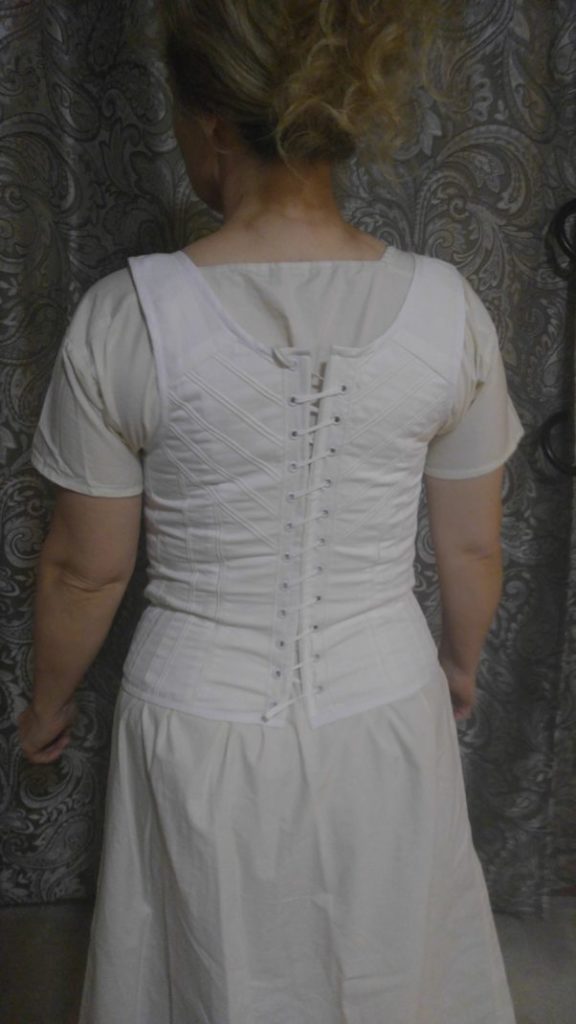
Fainting — It is a common myth that Regency ladies often fainted because their corsets were too tight. First of all, ladies during the Regency wore stays, not corsets like the one I’m modeling to the right. The difference is the shape and boning. Victorian-era corsets were made to cinch the waist. Regency stays, much more flexible and comfortable, were made to smooth and support. I’ve worn a corset and it is possible to feel truly uncomfortable if it is cinched up way too tightly. I even got a small bruise on my lowest rib on one side from having it laced tighter than it should have. What can I say? It was a steampunk party, it was also leather, and I wore it tighter than I would have than if I’d planned to wear it all day. Authentic Victorian corsets, such as the one I wear for reenactment, is comfortable enough to wear all day as long as I’m not trying too hard to impress someone with my waist size. My authentic Regency stays are so comfortable and well-fitting that if it were easier to get into and out of, I would wear it every day. The only downside—besides that I can’t get into them by myself (where IS my maid when I need her?)—is they’re hot in the summer, but that wasn’t often a problem in England, past or present.
So there you go, five of the most common myths now busted. When you see it done wrong in media, you can shake your head sagely and rest smug in your superior knowledge.

I’ll say it again, you are so cute and entertaining!
Thank YOU !!
I love this article, Donna! Your humor is wonderful. Thanks for your great books.
You should take part in a contest for one of the
best blogs on the internet. I most certainly will recommend this site!